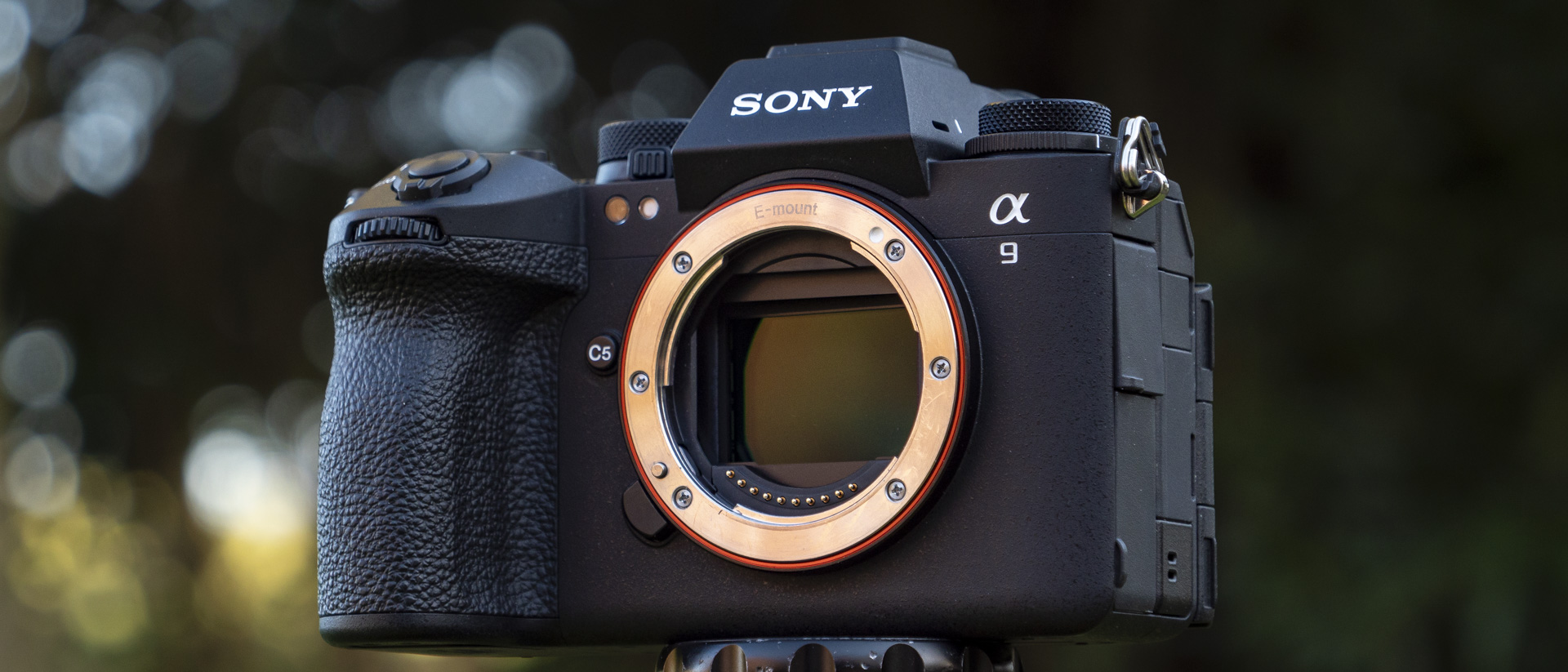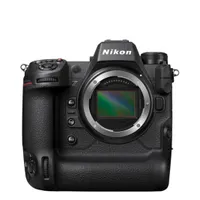TechRadar Verdict
The Sony A9 III is the best mirrorless camera of its kind for certain use cases, specifically high-speed action and flash photography. It’s a brave move by Sony, ever the innovator – the third version A9 III is effectively a first-generation model because it’s a whole new mirrorless camera with global shutter. And for a first-gen model it’s amazingly effective; we get Sony’s best-ever camera design, fastest-ever burst shooting, most reliable autofocus, most versatile flash photography tool, and no rolling shutter distortion whatsoever. It’s not perfect; 24MP is not enough detail for some, and the global shutter has an adverse impact on image quality, especially in low light, while the use of CFexpress type A cards – Sony has elected not to switch to type B – is a bottleneck preventing the best possible performance. Those points aside, Sony’s gamble with radically new tech has paid off – the A9 III is the new high-speed camera to beat.
Pros
- +
Unbeatable burst shooting
- +
More versatile than ever for flash photography
- +
Sony’s best design
Cons
- -
Limited ISO range
- -
Pricy
- -
Only 4K video
Why you can trust TechRadar
Every now and then a new camera wows the world of photography, and the launch of the Sony A9 III was one of those moments. So is the buzz around the fastest-ever camera justified? After an extended time with the camera for this in-depth review, the answer to that question is complicated, but all things considered it’s a solid yes.
With the A9 III Sony has upped the bar by some margin for high-performance photography for sports and wildlife. A new kind of sensor with ‘global shutter’ unleashes a number of class-leading features, and crucially eliminates the ‘rolling shutter’ distortion in photos and video that you can get with the electronic sensors used in general to enable top performance in most other cameras.
Put simply, these combined technologies have realized never-before-seen performance that’s overkill for most, and exciting for those that can afford Sony’s flagship prices: 120fps burst shooting and a maximum 1/80,000 sec shutter with flash sync at any shutter speed are the headlines, and they're yours for $5,999 / £6,099 / AU$9,999.
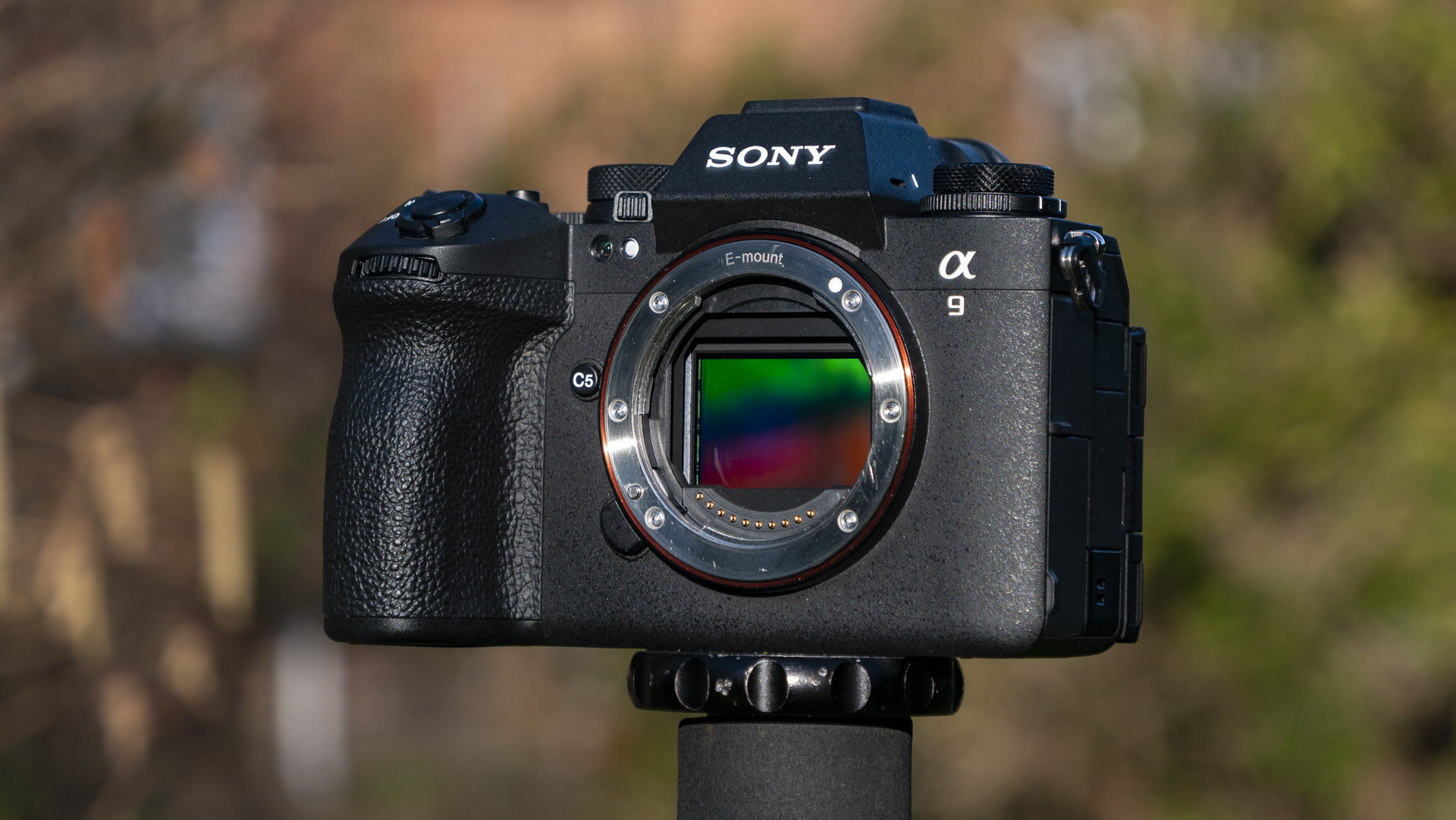
The A9 III is also a camera blessed with Sony’s best innovation, which we’ve seen before, namely in the A7R V, the camera we awarded ‘Best mirrorless camera’ in our TechRadar 2023 Choice Awards: the Bionz XR processor (the A9 III actually has two of them), an AI-autofocus chip for industry-leading subject-tracking AF, high resolution 9.44m-dot EVF with 120fps refresh rate (which maintains peak performance even for continuous shooting), and a 4-axis vari-angle touchscreen.
We also have Sony’s best camera design to date. The A9 III has a similar form factor to high-end Sony models, which means it’s smaller than rival pro sports cameras, but it features Sony’s chunkiest grip to date, and can be bulked out further with a new vertical grip, which you’ll want to do when using large lenses.
Burst shooting up to 120fps comes with no compromises in terms of the camera’s performance or image quality – that means 24.6MP raw and JPEG with continuous tracking AF and auto exposure – and is frankly over-the-top excellence, even if it's just for 1.5 seconds at a time. Unless Canon or Nikon conjure up a new camera of their own with never-before-seen features, the A9 III will be the subject of envy in press pits at this year’s Paris Olympic Games.
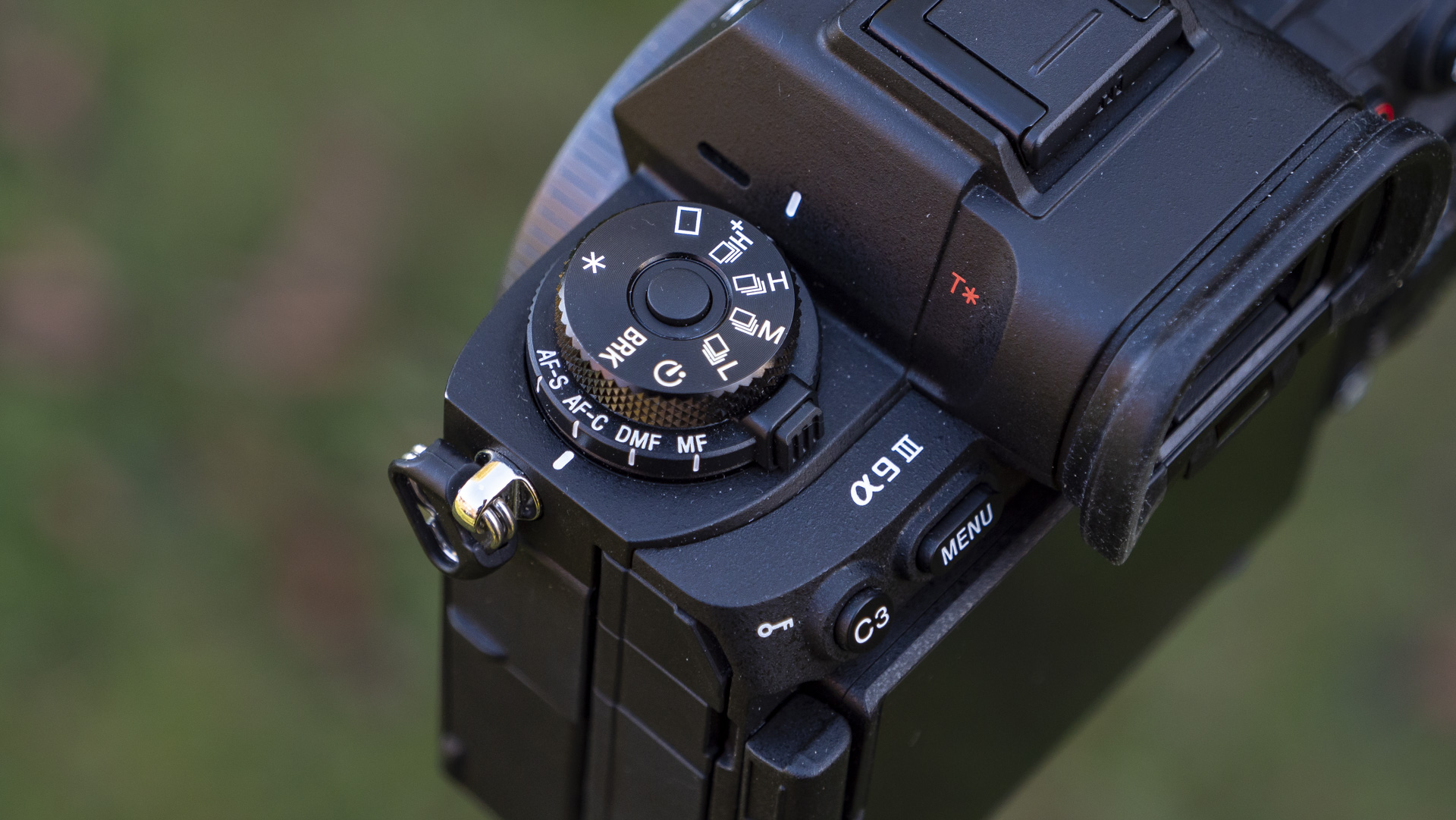
That said, an unwelcome bottleneck is the use of CFexpress Type A cards; these offer data transfer speeds only half those of the CFexpress Type B cards used in a camera like the Nikon Z9, which consequently means the buffer takes some time to clear before regaining peak performance, by which point the action being captured might have finished – we’ll unpack buffer performance later in this review.
Sign up for breaking news, reviews, opinion, top tech deals, and more.
With a custom button, Sony makes it quick and easy to ramp up to 120fps from a ‘mere’ 30fps or 60fps burst shooting speed. After all, not all sports and wildlife scenarios need such high speeds, though I’m sure pro sports photographers hellbent on capturing that fraction-of-a-second of decisive Olympic action will appreciate having the option. Personally I think 30fps is plenty enough, but I’m not being paid to file images from the world’s biggest sporting stages.
After much testing I can confirm that there is a compromise on image quality that comes with using the new global shutter. Put simply, there’s a hit on dynamic range, plus increased noise, when compared to rival cameras. Those who often shoot in low light will want to pair the A9 III with pro lenses featuring the largest possible aperture, such as the FE 300mm F/2.8, to increase light intake.
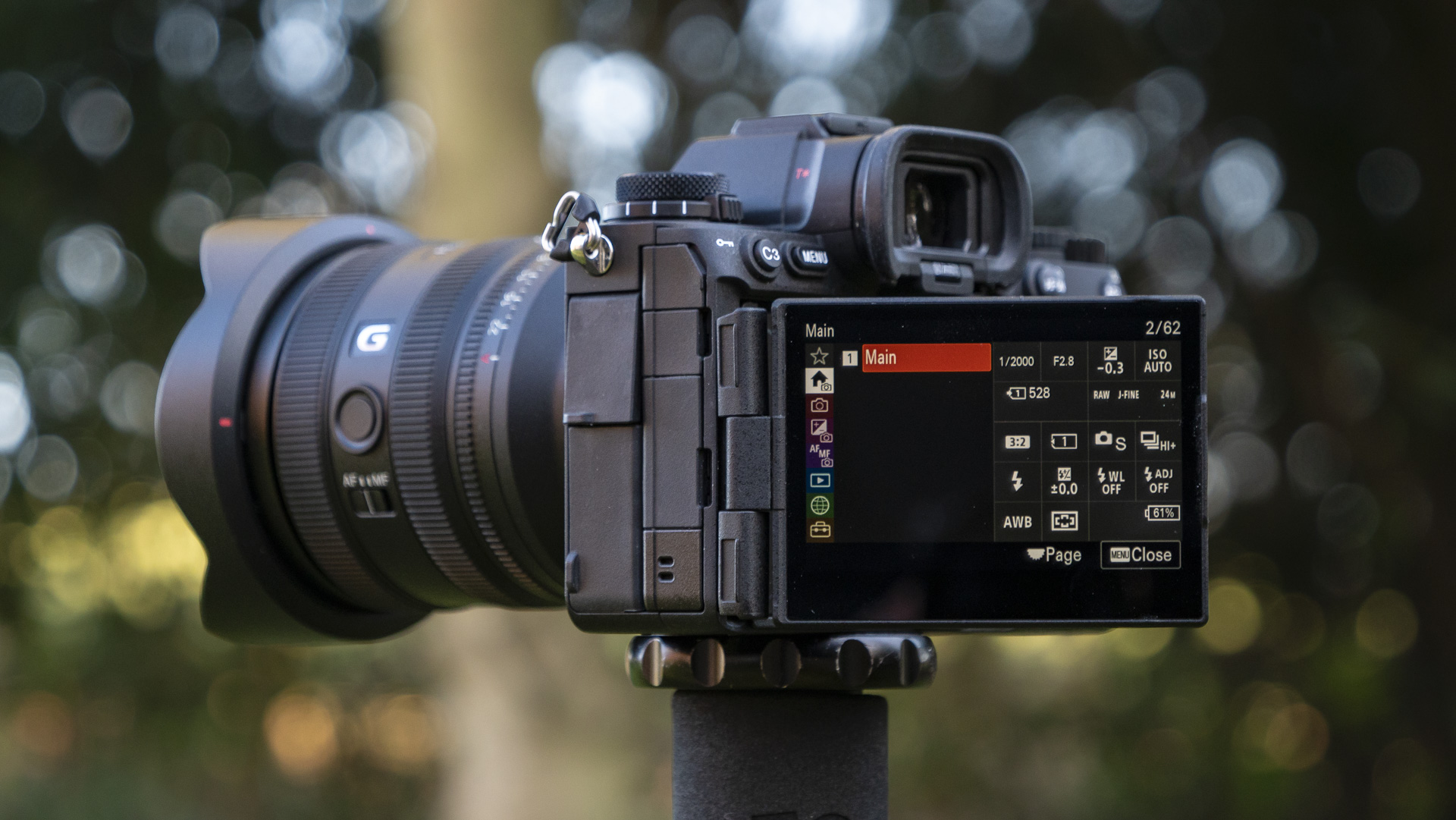
More important than outright image quality, however, is that the A9 III suffers no ugly rolling shutter effect whatsoever in fast-moving action photos and video. That also means no risk of banding in artificial light. Add in its superb autofocus and burst shooting skills, and this sports photography and video camera can freeze the action and capture the crucial moment to a level above any other camera today.
The A9 III isn’t for everyone, but it’s now the best mirrorless camera for pro sports photography and video, if its 24MP photo and 4K video resolution are sufficient for your needs.
Sony A9 III: release date and price
- $5,999 / £6,099 / AU$9,999 body-only
- New VG-C5 vertical grip costs $399 / £390 / AU$749
The Sony A9 III body-only list price is $5,999 / £6,099 / AU$9,999, which is what I’d expect for a Sony camera at this level, although that's a markup from the Sony A9 II and clearly a lot of money. It’s firmly in the professional sports and wildlife photography camp, and it’s available now, ahead of the Paris Olympics which begin in late July.
A newly designed body means the A9 III requires a new optional VG-C5 vertical grip, launched alongside the camera, to extend the size and battery life and provide a comfortable way to shoot with large lenses and in vertical format. Sony has recognized that pretty much every photographer that adds the A9 III to their shopping basket will also add the grip, and for a limited time is including the grip for free with purchases of the A9 III – its list price is $399 / £390 / AU$749. I can also see the A9 III being a popular camera to hire for special events and commissions – it's an excellent portraits with flash tool.
- Price score 4/5
Sony A9 III: design and handling
- Larger grip and a new optional vertical grip
- Industry-leading EVF
- Abundant control layout
As a camera that's designed primarily for pro action photography, the A9 III has the kind of build quality to withstand tough conditions and inclement weather. It's not a chunky affair like the Nikon Z9 though – Sony mirrorless cameras are always small, even the A9 series. Conversely, most pro prime telephoto lenses are big, so how is the balance of the A9 III? Pretty good, actually.
It has the familiar Sony mini DSLR-style form factor, except that the grip is chunkier for a better hold. I found it a decent pairing with the FE 24-70mm F2.8 GM lens, which was one of the lenses I had for my hands-on review. With larger lenses like the FE 70-200mm F4 G OSS that I had for this test, plus the new FE 300mm F2.8 that I got to try out briefly, the A9 III really benefits from the optional vertical grip.
A new design means the A9 III needs an all-new optional vertical grip, and I’d expect the majority of A9 III photographers to opt for one – I’d certainly pick one up. Not only does the new VG-C5 grip add a little weight and height for improved balance with large lenses, it offers controls at your fingertips for vertical shooting, replicating the layout of the camera for horizontal-format photos, plus it extends battery life. With the FE 300mm F2.8 lens, which weighs 3.24lbs / 1,470g, attached, there’s a really good balance between camera (with grip) and lens.

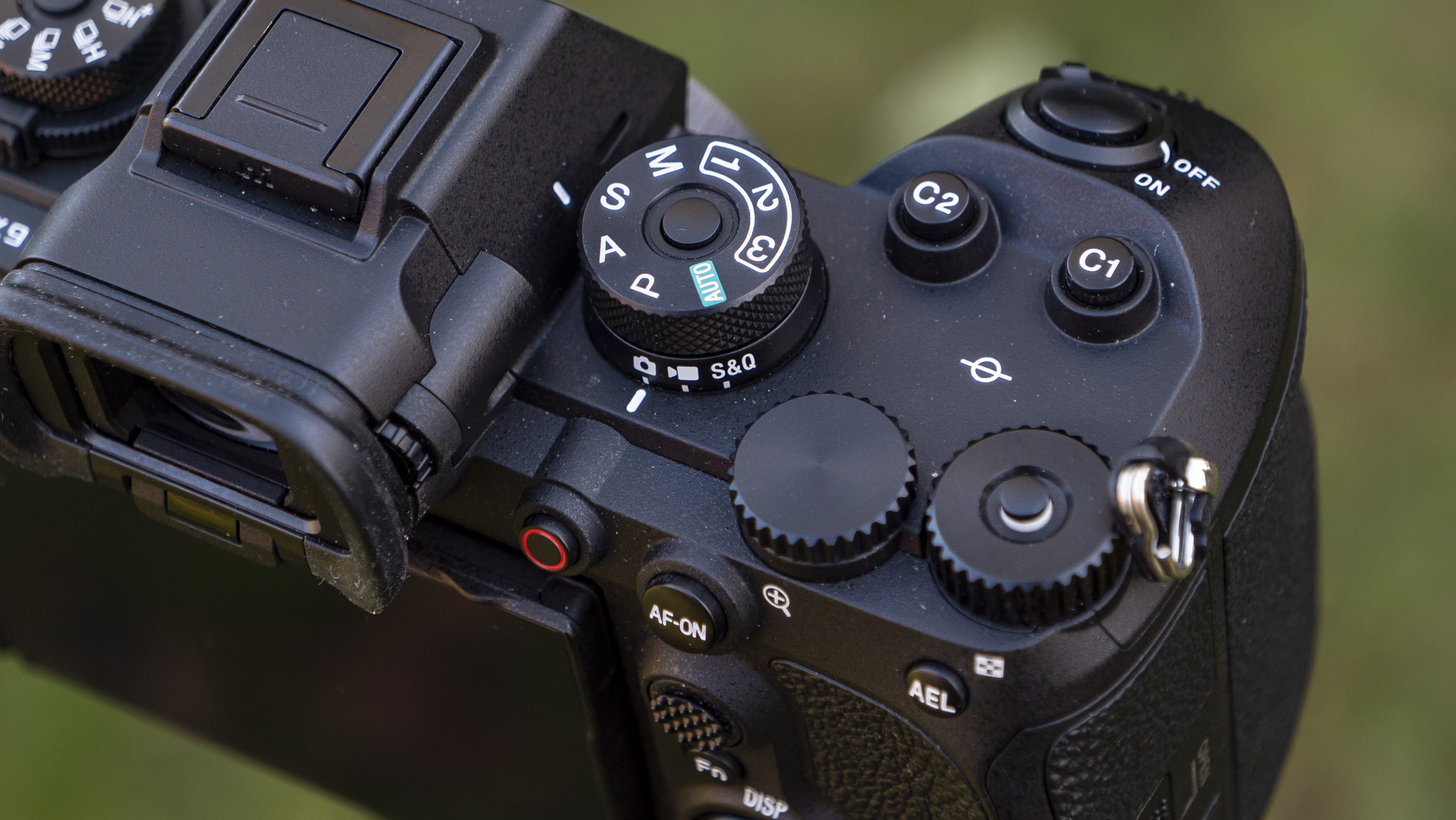

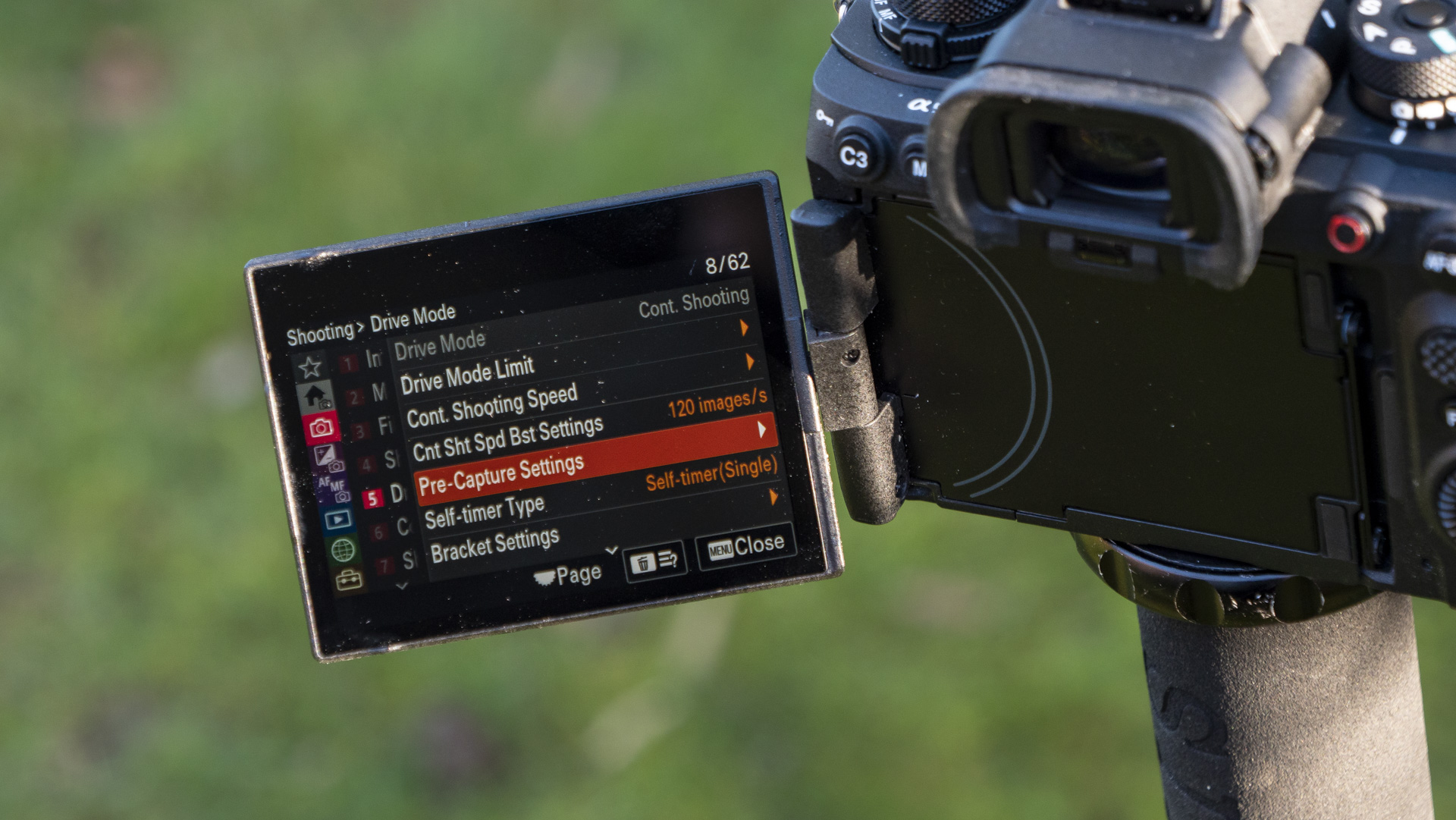
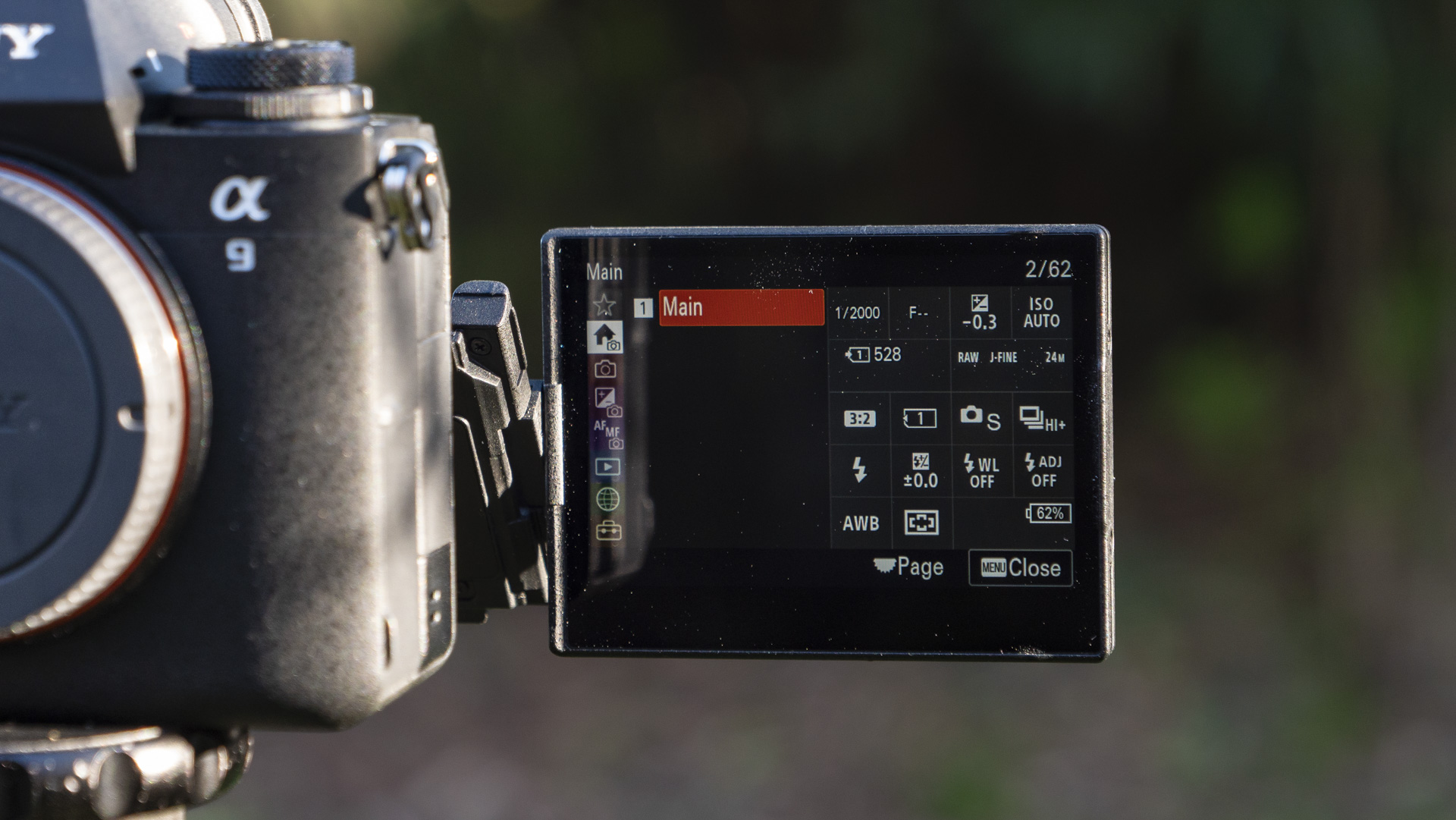
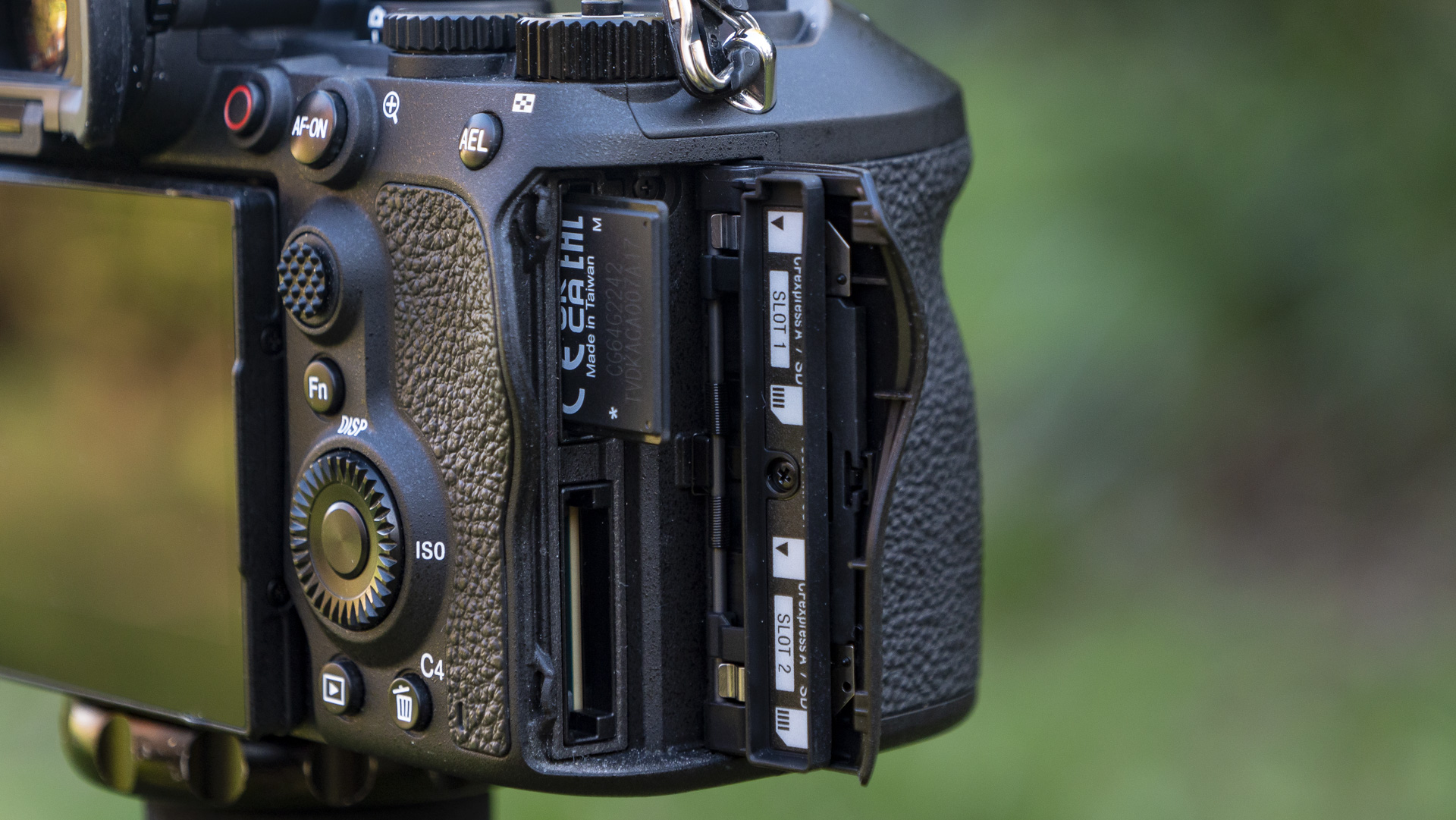
In this class, I prefer Sony’s design approach to Canon and Nikon – a small body that can be bulked up with a grip for serious telephoto lenses, rather than a large body that can’t be made any smaller.
We get the same industry-leading EVF as found on the A7R V – the 9.44m-dot unit has a 120fps refresh rate, with no blackout during continuous shooting, and it really does perform flawlessly, maintaining peak performance whatever the shooting mode. Previous models with the 9.44m-dot EVF saw a drop in resolution during burst shooting.
The touchscreen is also an A7R V special – a dual-axis vari-angle screen that can be positioned at all manner of angles, and folded away completely for protection when not in use. I love how the screen can be pulled away from the body, meaning your view is unimpeded by the viewfinder. Touch function is decent, too, with controls like tracking AF activation, plus a quick menu that can be revealed by dragging from the corner of the screen.
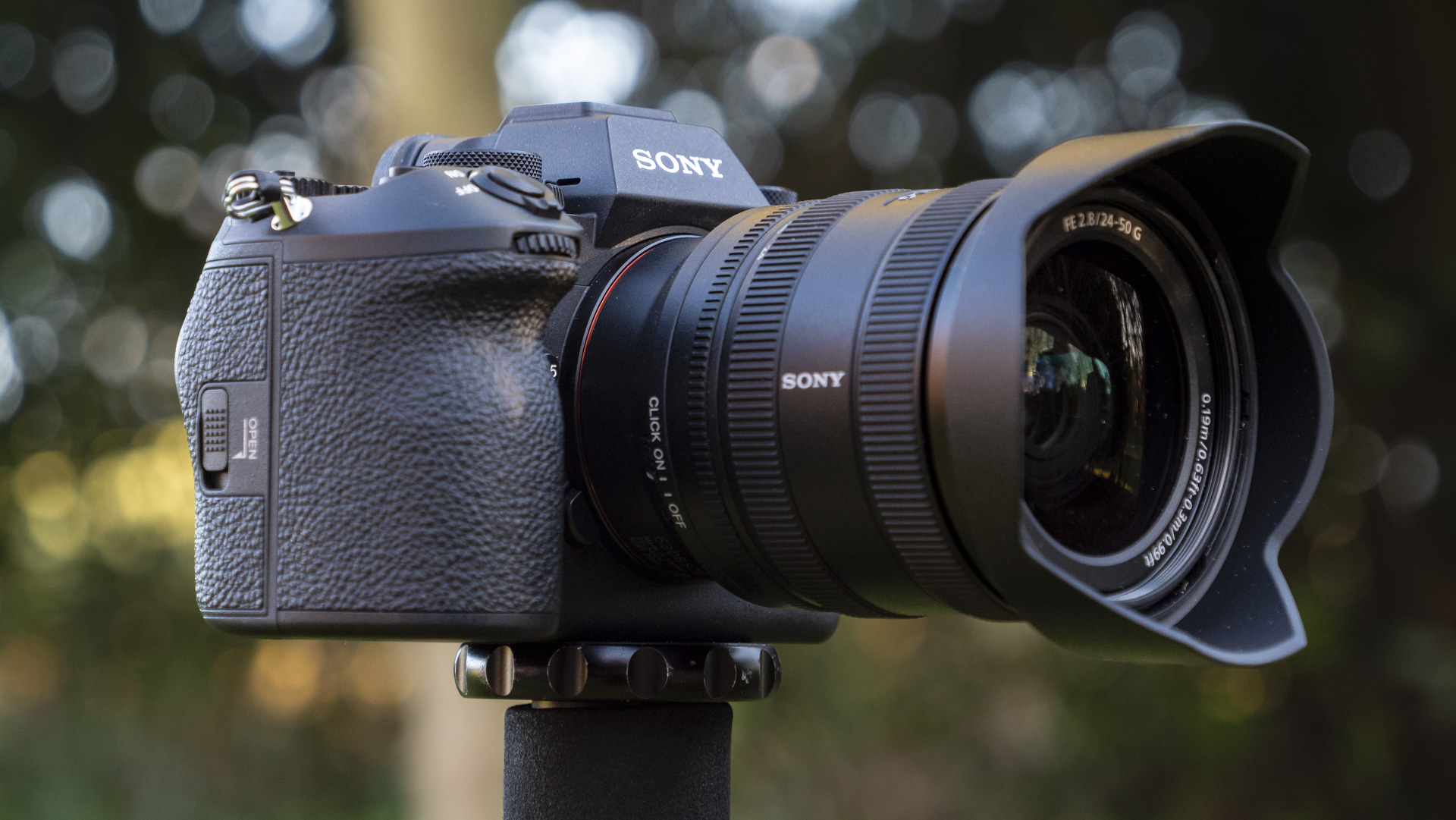

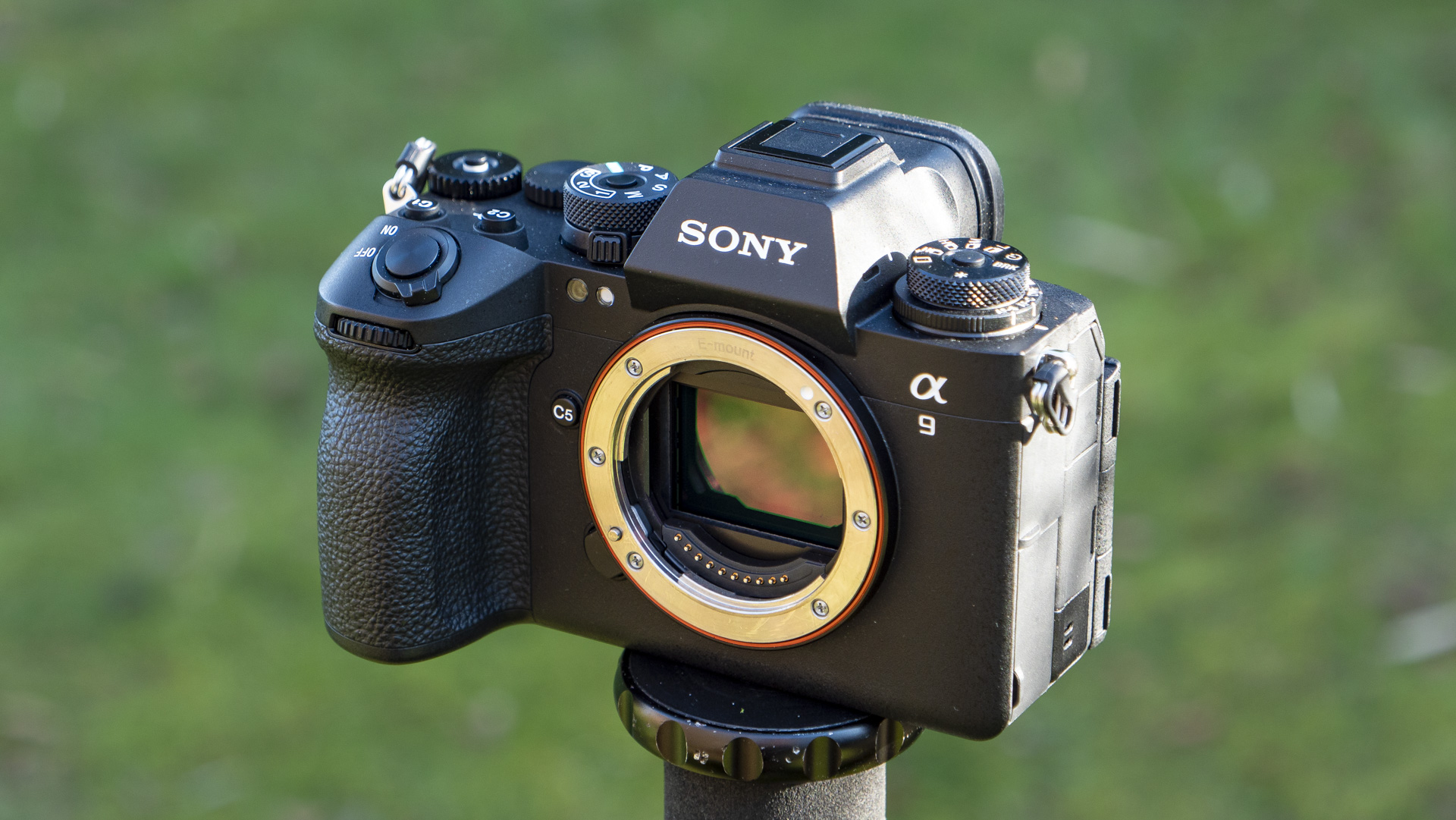

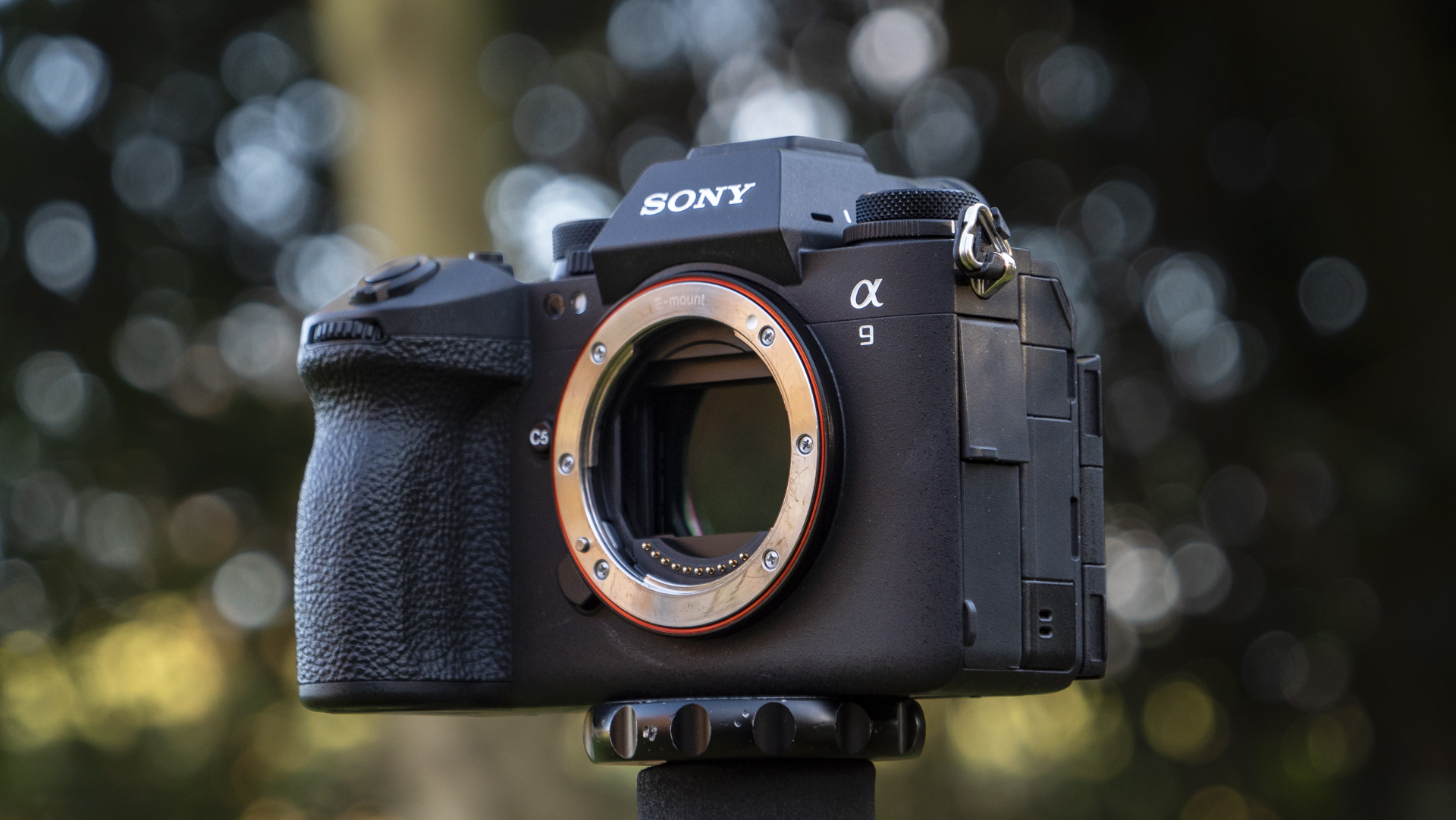
The control layout is comprehensive, too, including customizable buttons that can activate features like 120fps at a push, more control dials than you can shake a stick at, and a grippy joystick to navigate menus and AF points and the like. I’m not a fan of the variety in how dials are adjusted, though. One has a clicked-release lock, another has no lock at all, while the exposure mode dial requires you to hold down the central lock in order to turn the dial. There’s almost too much going on around the body, and it takes some time before navigating those controls becomes second nature.
Rigid port doors can be opened individually to reveal full-size HDMI, Ethernet, flash sync, headphone and mic jacks, plus USB-C through which you can charge the camera’s NP-FZ100 battery – Sony’s excellent battery that’s used across models. Besides being a tad cluttered, the A9 III is a step in the right direction and Sony’s best design camera yet.
- Design and handling score 5/5
Sony A9 III: features and performance
- First full-frame camera with global shutter
- Sony says it’s 8x speedier than the A9 II
- 120fps for up to 1.5 second bursts
- Flash sync speed at any shutter speed, limited only by your flash
- Sony's best-ever autofocus
Sony cameras are generally feature-rich, but as this is the first mirrorless camera with a global shutter, that’s where we’ll begin. It’s a pricey sensor type previously found only in high-end cine cameras, and it’s long been tipped for the rumored Canon EOS R1 – a potential rival to the A9 III. So what’s all the fuss about this sensor type?
To summarize: it reads every pixel simultaneously rather than line by line, as other sensor types do when using their electronic shutter (rather than the mechanical shutter). Currently, the Nikon’s Z8 and Z9’s stacked sensor with electronic shutter boasts the quickest sensor readout speed (line by line) of 1/250 sec.
You’d be hard pressed to find distortion in Z9 images, but generally there’s a risk of what’s called rolling shutter when using the electronic shutter – a ‘jello’ effect. In most DSLR and mirrorless cameras you can use a mechanical shutter instead for distortion-free photos, but the shutter’s mechanical speed is limited – the fastest ever speed is 16fps in the Canon EOS 1D X Mark III.
The global shutter is the best of both worlds: no distortion, and no real limit on burst shooting speed, up to 120fps.

That’s what’s so exciting about the A9 III for capturing high-speed action – you can move the camera quickly to track your subject in stills or video, or freeze especially fast-moving subjects like a golf swing, and you won’t see any distortion. You also get the fastest minimum shutter speed ever, up to 1/80,000 sec – although currently that’s reduced to 1/16,000 sec when in any burst shooting mode. It’s an action photographer's dream.
Sony’s latest Bionz XR processor is in play here, only there are twin processors that Sony says bumps up the A9 III’s speed by 8x over the A9 II. That’s needed for such high-speed work, and for features like pre-capture up to one second. We’ve seen pre-capture in other systems from the likes of Panasonic, but it’s another first for Sony mirrorless; pre-capture can record sequences up to one second before you fully press the shutter, another handy trick for capturing decisive moments.

A global shutter also has no real shutter speed limit when synchronizing to an external flash, save for the limit of the flash itself. That means the A9 III can in theory flash-sync at any shutter speed, where other systems are limited to up to 1/250 sec – for example, the Z9’s max flash sync speed is just 1/200 sec.
For those who are into flash photography in particular, the A9 III opens up a whole other realm of creative possibilities, cleanly freezing fast action with no motion blur. It also makes portraits with flash a breeze. The example (below) was shot at 1/2000 sec with the FE 70-200mm F4 G OSS lens at its maximum f/4 aperture, with the Sony HVL F46RM at full power positioned in a softbox and remotely triggered using the Sony FA WRC1M wireless radio commander. I didn’t have to reduce the aperture to f/11 for an accurate exposure because I wasn’t limited to 1/250 sec. I didn’t have to think about workarounds like a ND filter in order to open the aperture right up; I could simply shoot the portrait at whatever exposure settings I liked.
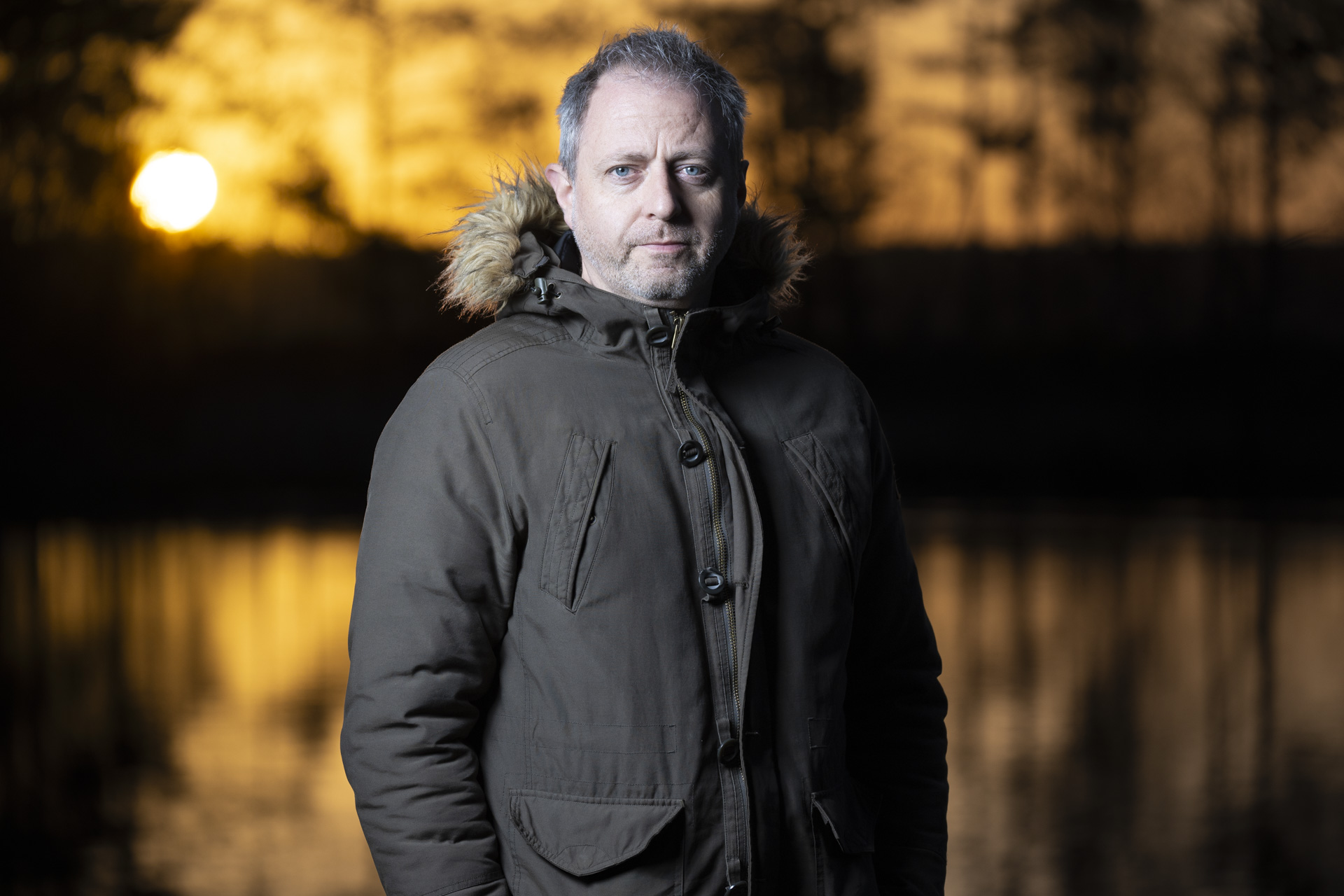
Not worrying about the shutter speed limit; being able to use any aperture – these are game-changing flash photography attributes of the A9 III. I thought pairing the A9 III with a flash for such quick flash speed would be a bit of a minefield, and you do need to play around with settings a bit, but in reality it’s not that complicated. Put simply, the A9 III has been the most versatile camera I’ve ever used for flash, and I wouldn’t think twice about hiring it for location portrait shoots.
Impressive features like 120fps are one thing on paper, but what are they really like to use? Firstly, you’ll fill up memory cards very quickly and create a daunting image organization and editing workflow, so 120fps should only be used sparingly. Fortunately, Sony makes that as easy as possible via a custom button that immediately boosts the A9 III to that super-fast speed from a more modest default speed – I set the continuous high to 30fps, and used the button for a 120fps injection at crucial moments.
I was typically able to get around 190-200 frames (raw and JPEG) at the top speed of 120fps – in other words around 1.5 seconds of shooting – before the camera slowed right down. Clearly this headline mode is just for decisive moments. At 30fps I was typically getting around 275 frames (raw and JPEG) before the camera slowed down – that’s around nine seconds in all.

Using a SD card for the aforementioned sequences, it took around 30 seconds for the buffer to clear and for the camera to regain full performance once more, while using a CFexpress type A card was a little under half that time. Those wait times are a tiny bit disappointing, given that a CFexpress type B card – used by the Nikon Z9 – is at least twice as quick again. Implementing a redesign to accept type B instead of type A would have made the A9 III completely formidable. Buffer aside, the burst shooting speed and duration are unmatched.
Pre capture is neat, too. You might not want to set it to as much as 1 second, especially with the fast frame rates filling up your card, and 0.5 seconds is probably enough to ensure you capture suddenly unfolding action. I found it particularly useful for bird photography, where subjects move both quickly and erratically.
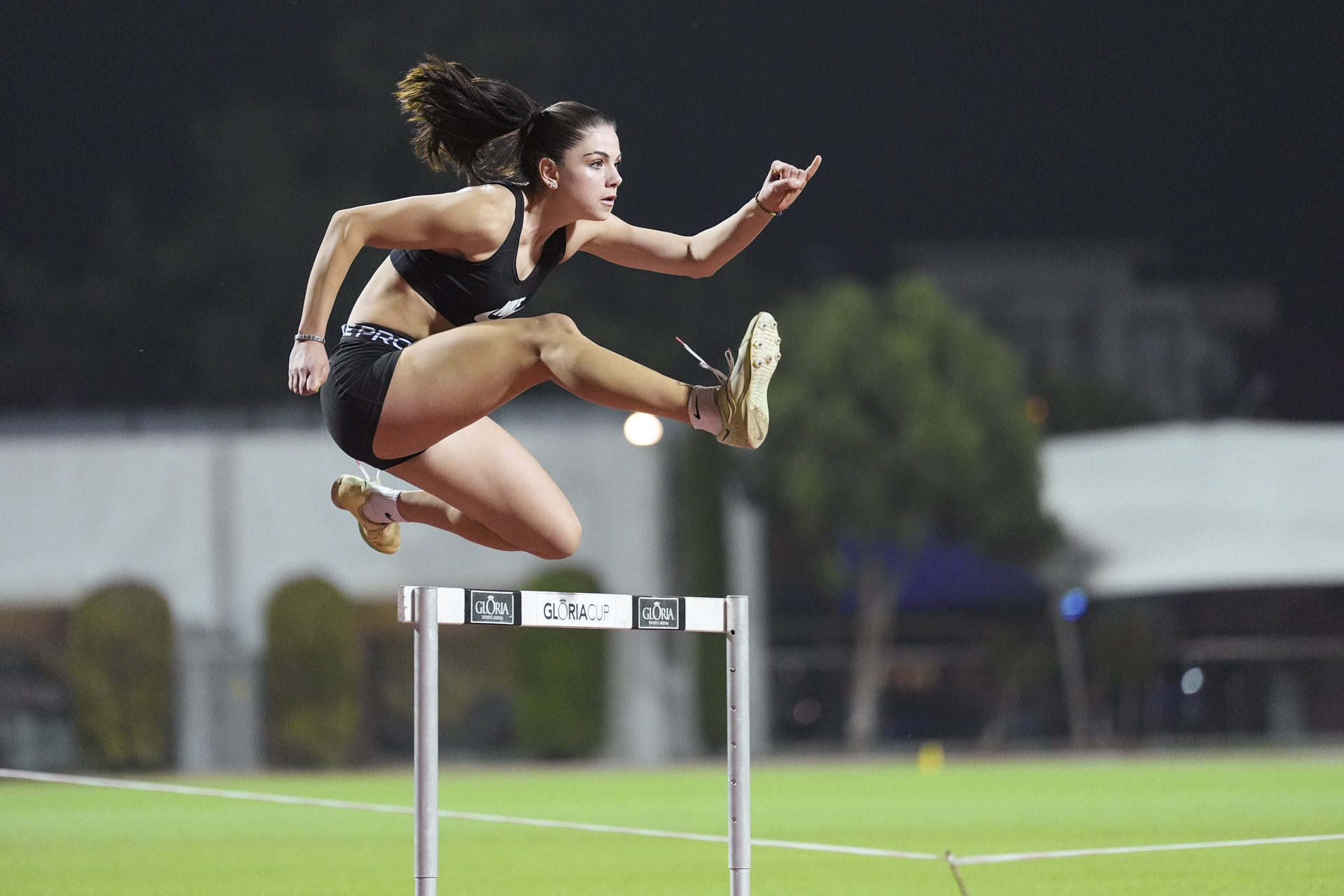
In addition to its superb burst-shooting capabilities, the A9 III has the most capable autofocus system of any camera today. You’ll need to get the mode right for your subject, but set to a mode like ‘Focus Area: Expand Spot’ with appropriate subject tracking autofocus, the hit ratio of sharp images the A9 III can achieve in action sequences is unmatched.
The A9 III also has new subject-detection AF modes, including birds and insects, both of which worked decently well in my tests with the 70-200mm F4 lens. We still have human and animal detection modes, which are now more effective than ever thanks to the ‘AI’ autofocus chip equipping the A9 III to recognize subjects in all manner of orientations – the torso, head, eyes and so on.
We also get Sony’s highly effective in-body image stabilization. Beyond enabling the use of slower shutter speeds for photography (which aren’t much use for freezing action), it's so effective that you can get smooth gimbal-like handheld videos, especially when using the Active and Dynamic Active modes.
- Features and performance score: 5/5
Sony A9 III: image and video quality
- Same 24.6MP resolution as the A9 II
- 4K 60p video from full width of the sensor (oversampled)
- ISO 250-25,600
- More noise and less dynamic range in low light than rivals
Sensibly, Sony has kept the A9 III’s sensor resolution to 24.6MP just like in the A9 II. That’s a perfectly acceptable resolution for the intended audience of sports and wildlife photographers, and a clear distinguisher from the A1 (and a potential successor), which has around double the pixels. Some may wish for more pixels and more cropping possibilities – the A1 has 50MP – but that would compromise the speed of the A9 III.
It is of course a different sensor type with global shutter, too, and it comes with a unusual ISO 250-25,600 sensitivity range that can't match that of the A9 II and A1. Those cameras have a base ISO of 100 – a setting that offers better dynamic range and handling of noise than the A9 III’s base of ISO 250. Therefore, if light is good and the shooting scenario merits a base ISO, such as landscape photography, image quality from the A9 II and A1 is superior.
The use of a global shutter has had an adverse impact on the dynamic range and handling of noise of the A9 III, even if it’s just a little. However, we should also remember who the intended A9 III user is – most people won’t buy the A9 III for anything other than high-speed scenarios, using high shutter speeds to freeze the action. In this reality, you wouldn’t be able to shoot lower than ISO 250 anyway, and so the limited ISO range at the low end is a somewhat moot point for pro sports and wildlife photography.


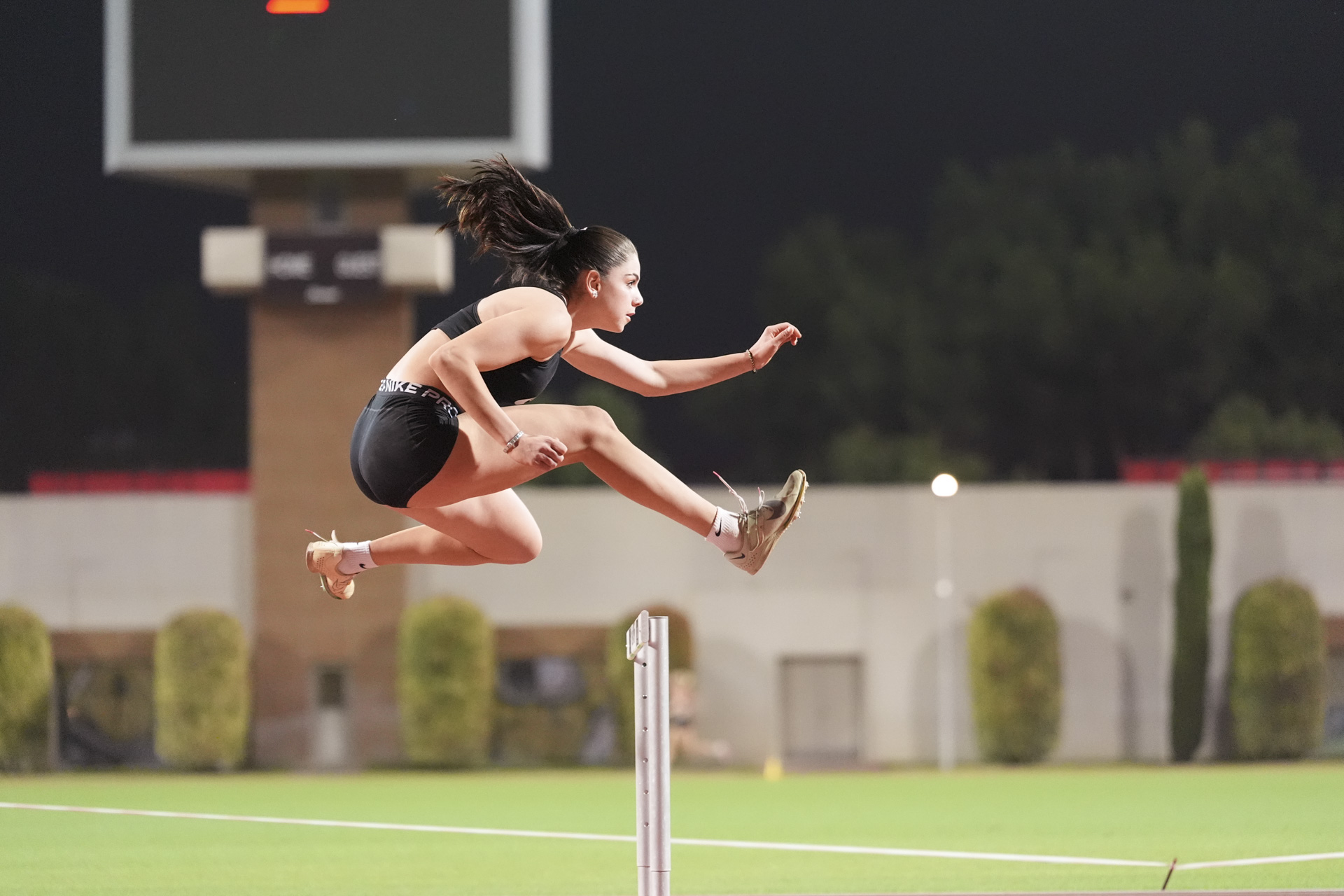

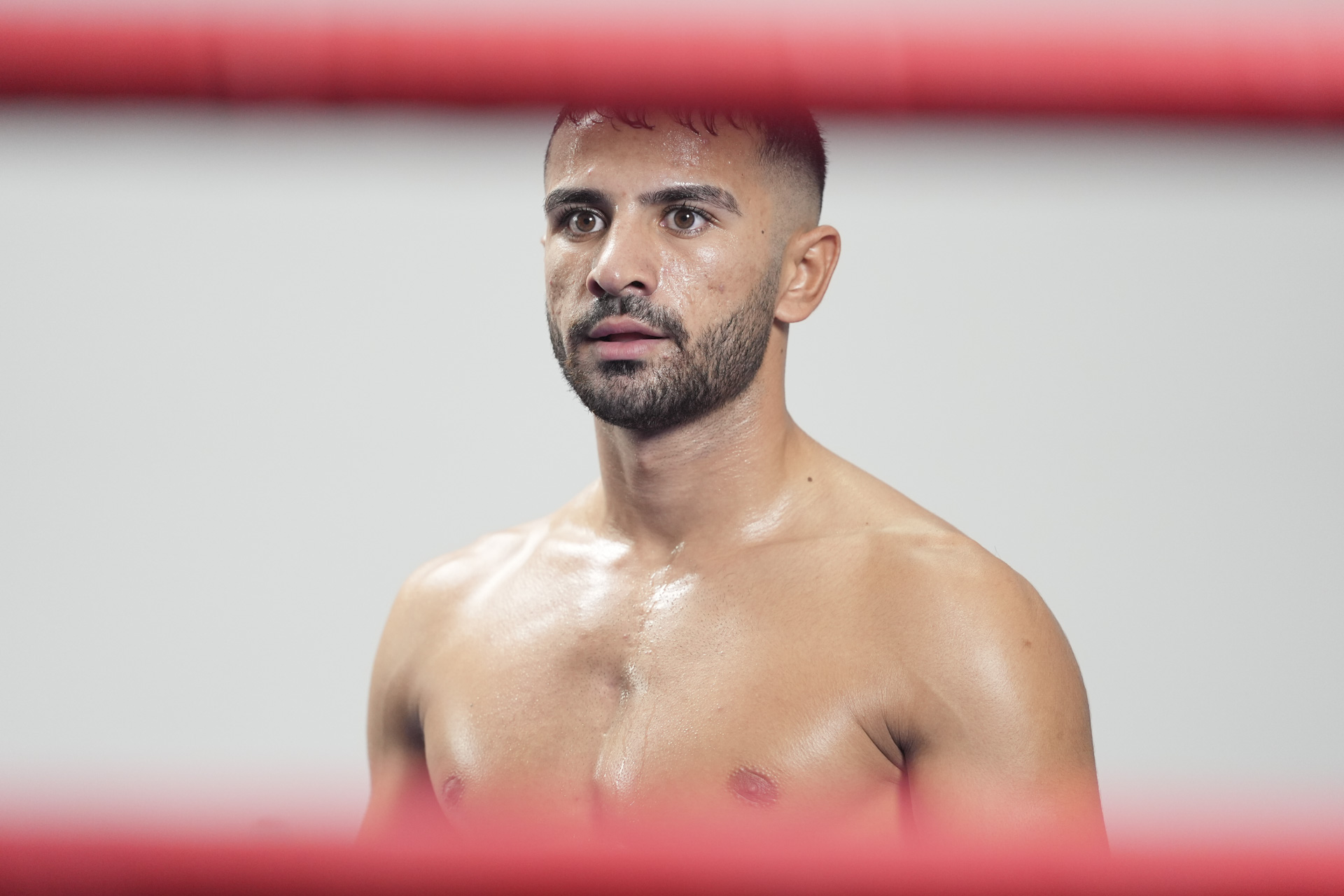
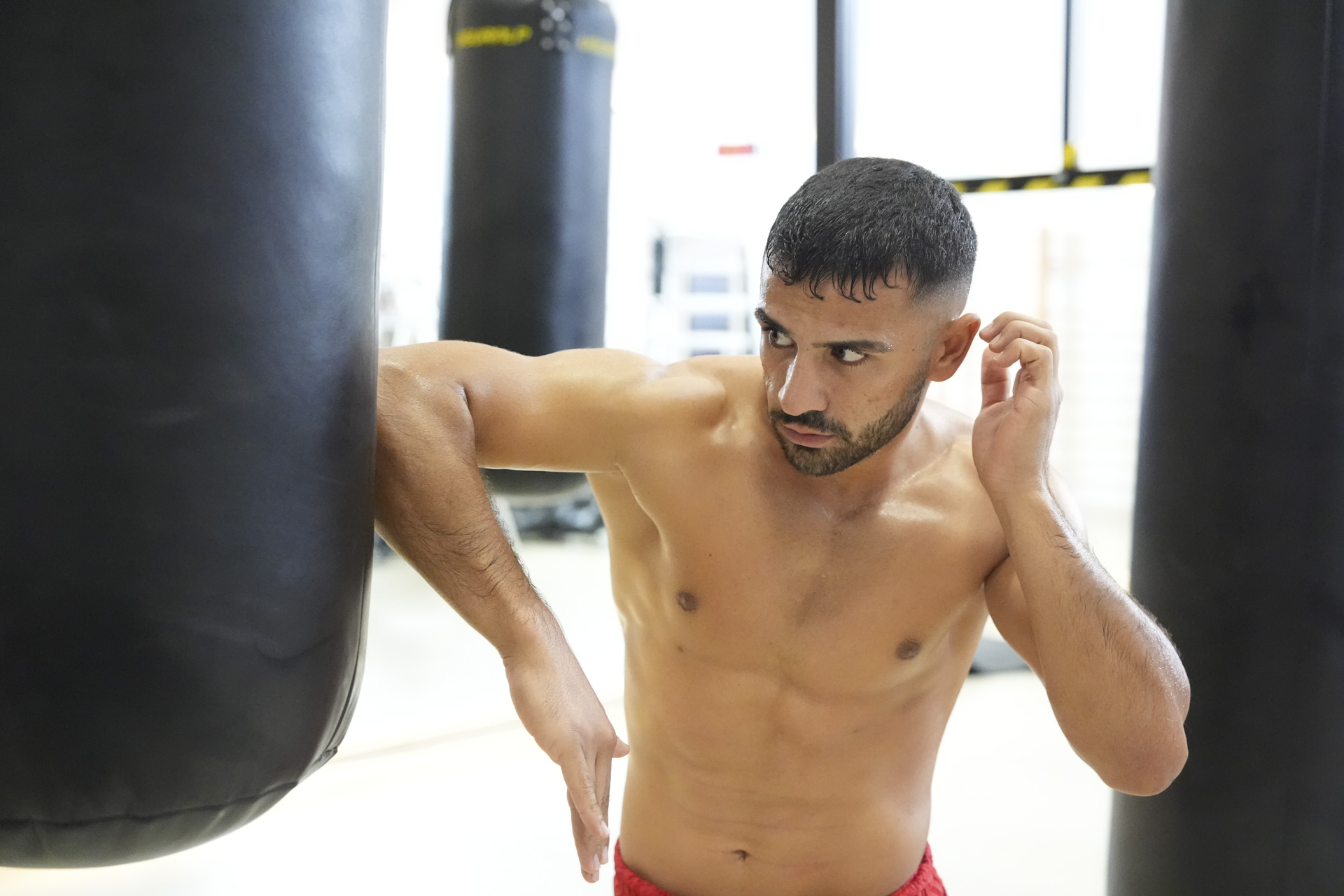
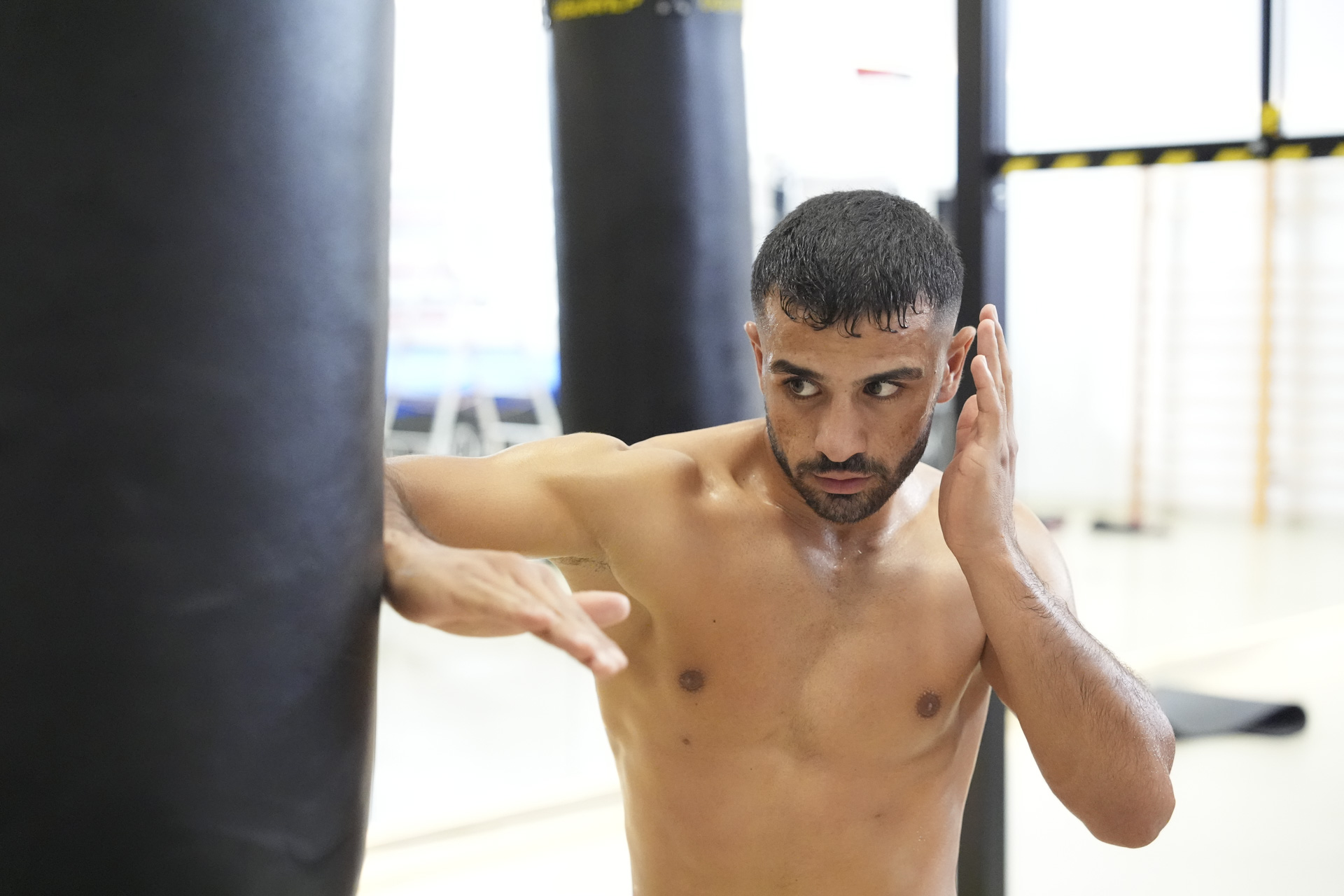
The bigger concern is increased noise and reduced dynamic range at the high ISO settings you’ll regularly need when selecting particularly fast shutter speeds, and when shooting in low light. After all, a lot of sporting events are held at night under floodlights, and you won’t get quite as clean image quality from the A9 III compared to rivals – for example there’s more noise in shadows.
By default, Sony cameras apply fairly aggressive noise reduction to JPEG images, and if you shoot in JPEG-only you may not experience some of the issues mentioned above.
While reduced dynamic range and increased noise are markdowns for image quality, we need to put this into context. The A9 III can freeze action with no distortion, and nail sharp focus to a degree we’ve never seen before. And it’s these image quality attributes that are more important for action photography and video, where the A9 III scores top marks. Put simply, the A9 III is the most capable sports photography camera available.
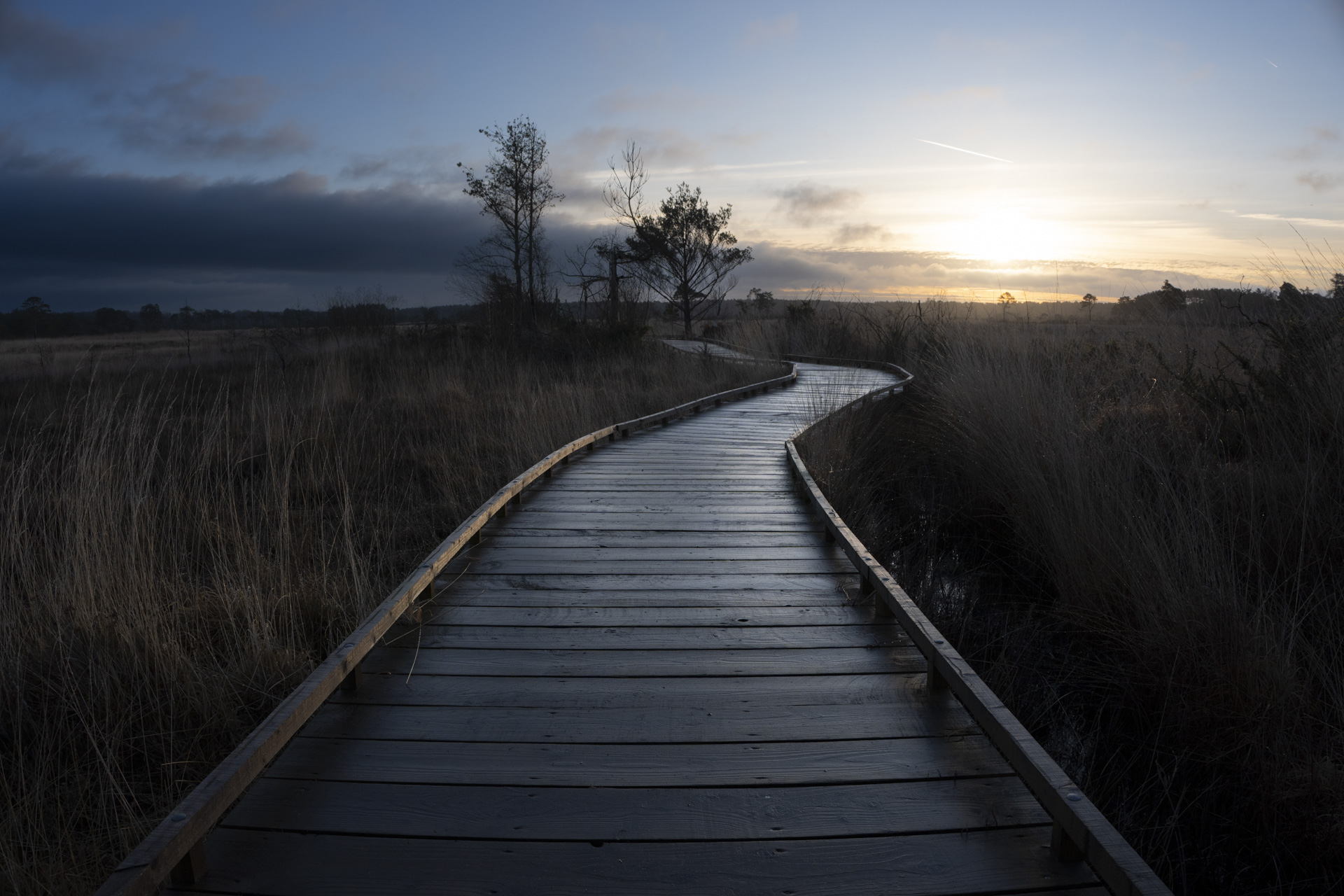

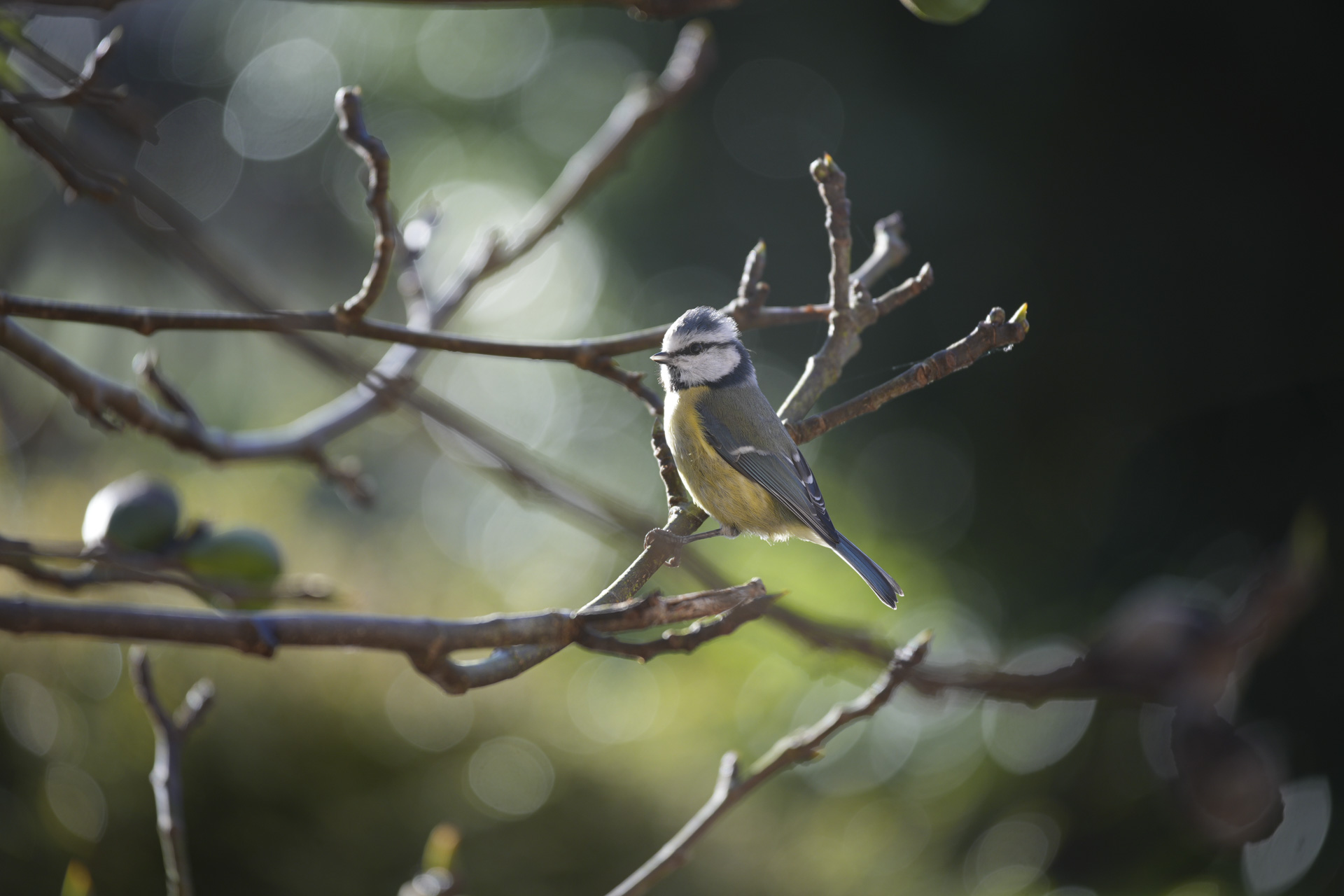
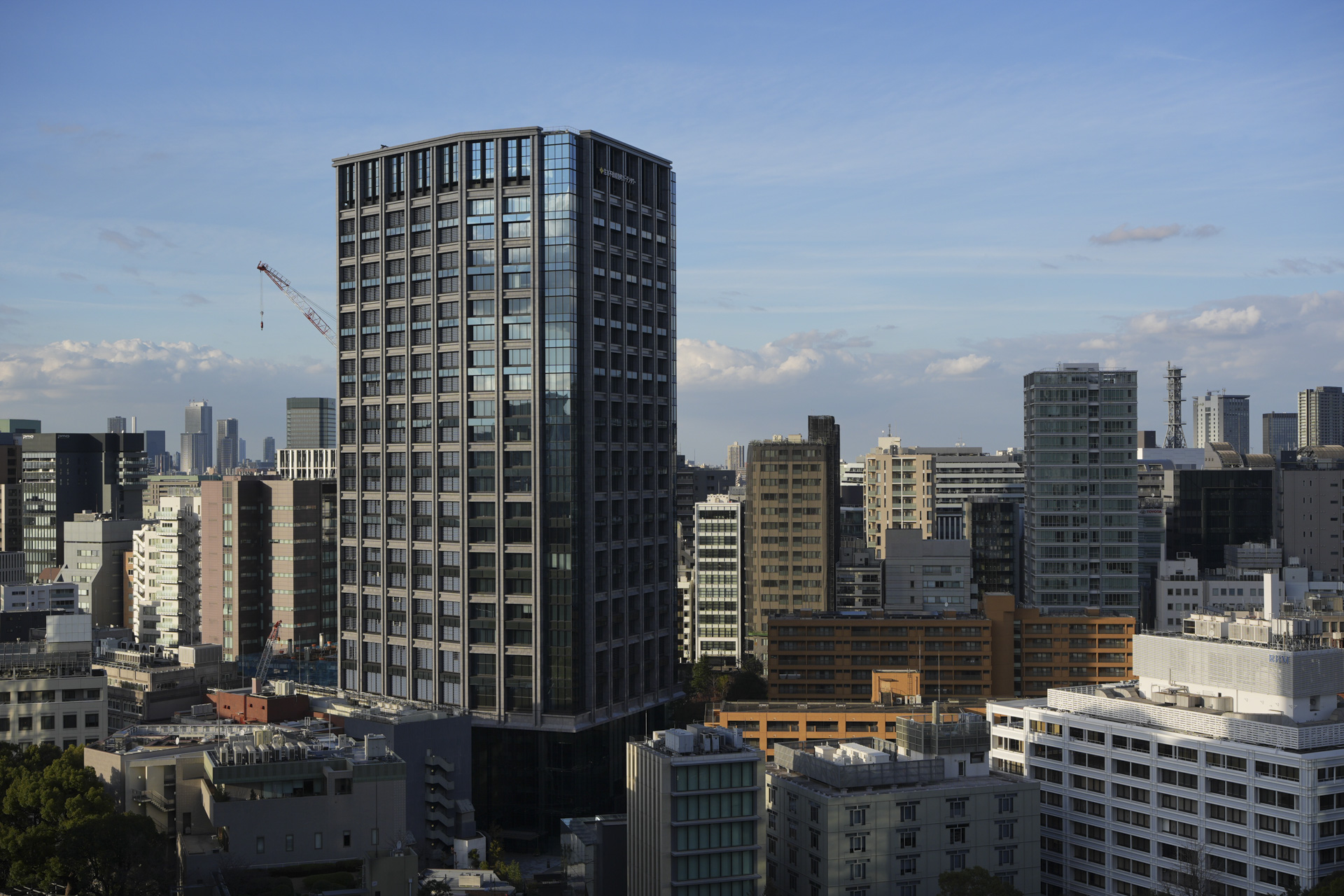



Elsewhere, 4K video up to 60fps is oversampled from 6K – that’s the full width of the 24.6MP sensor. You can also create short 6K slow-motion video clips by using the A9 III's 120fps burst shooting mode and stitching those files together in post.
Those top frame rates are equivalent to 4x slow-motion video, when played back at the standard 30fps video playback – the A9 III is so fast that you can create slow-motion video from photos at 24.6MP which is equivalent to 6K.
Rival cameras like the Z9 can shoot higher resolution 8K video. However, what’s more exciting than resolution and frame rates is how the A9 III’s global shutter eliminates rolling shutter in video. There’s a pleasing quality to motion in the A9 III’s videos, especially for moving subjects and fast-moving handheld camera shots. In-body image stabilization for video is superb, too, and makes run-and-gun videos without a gimbal entirely possible.

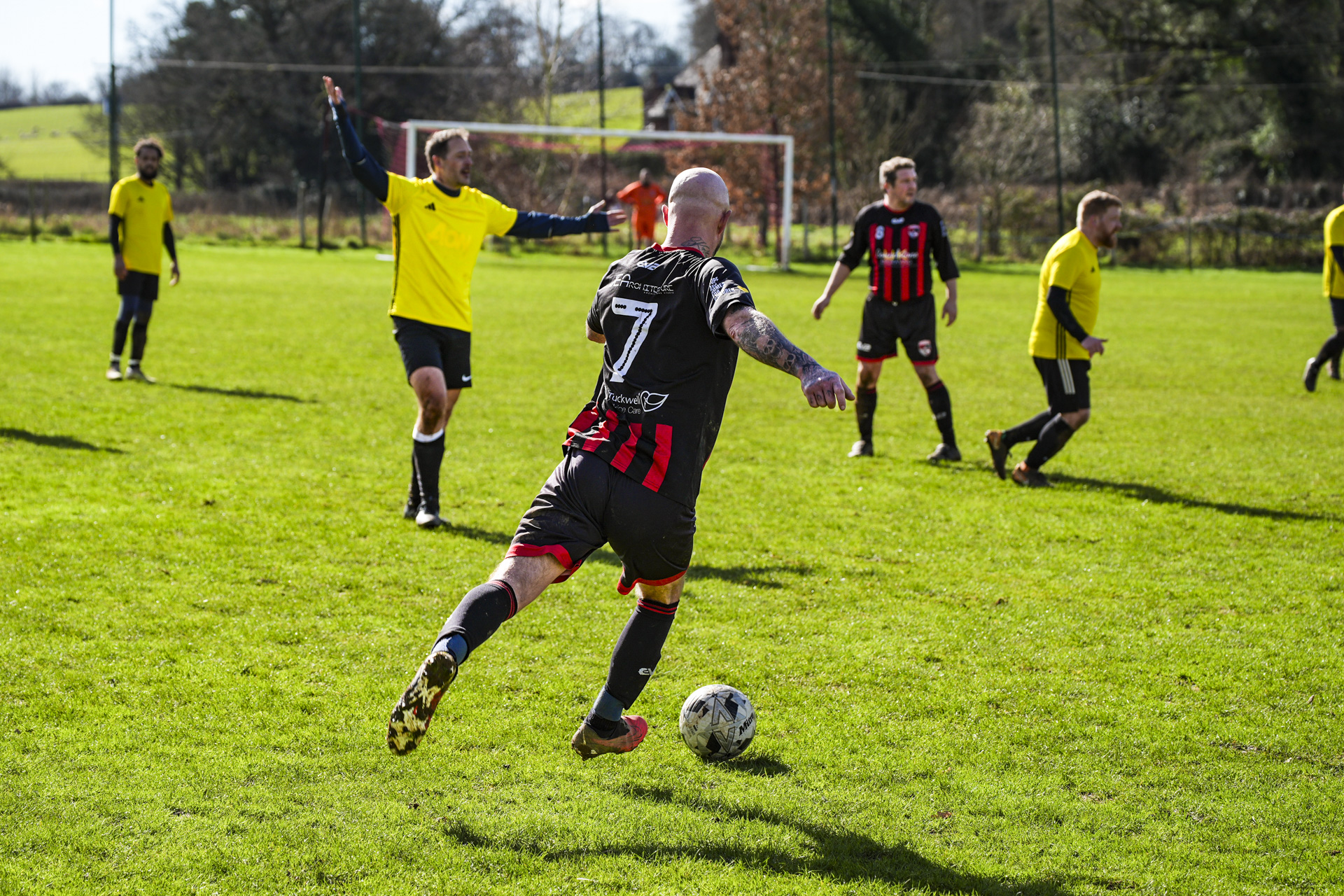


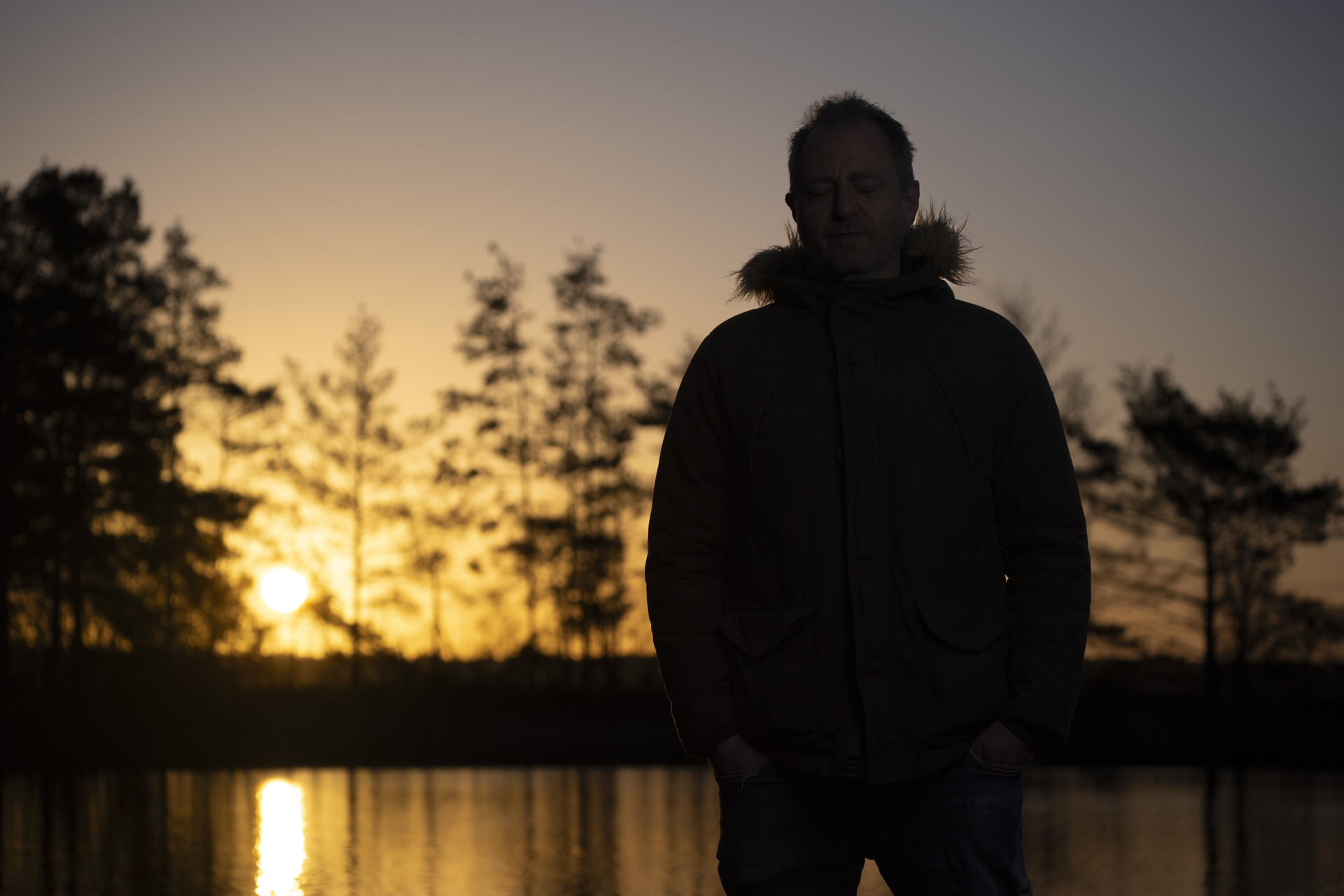
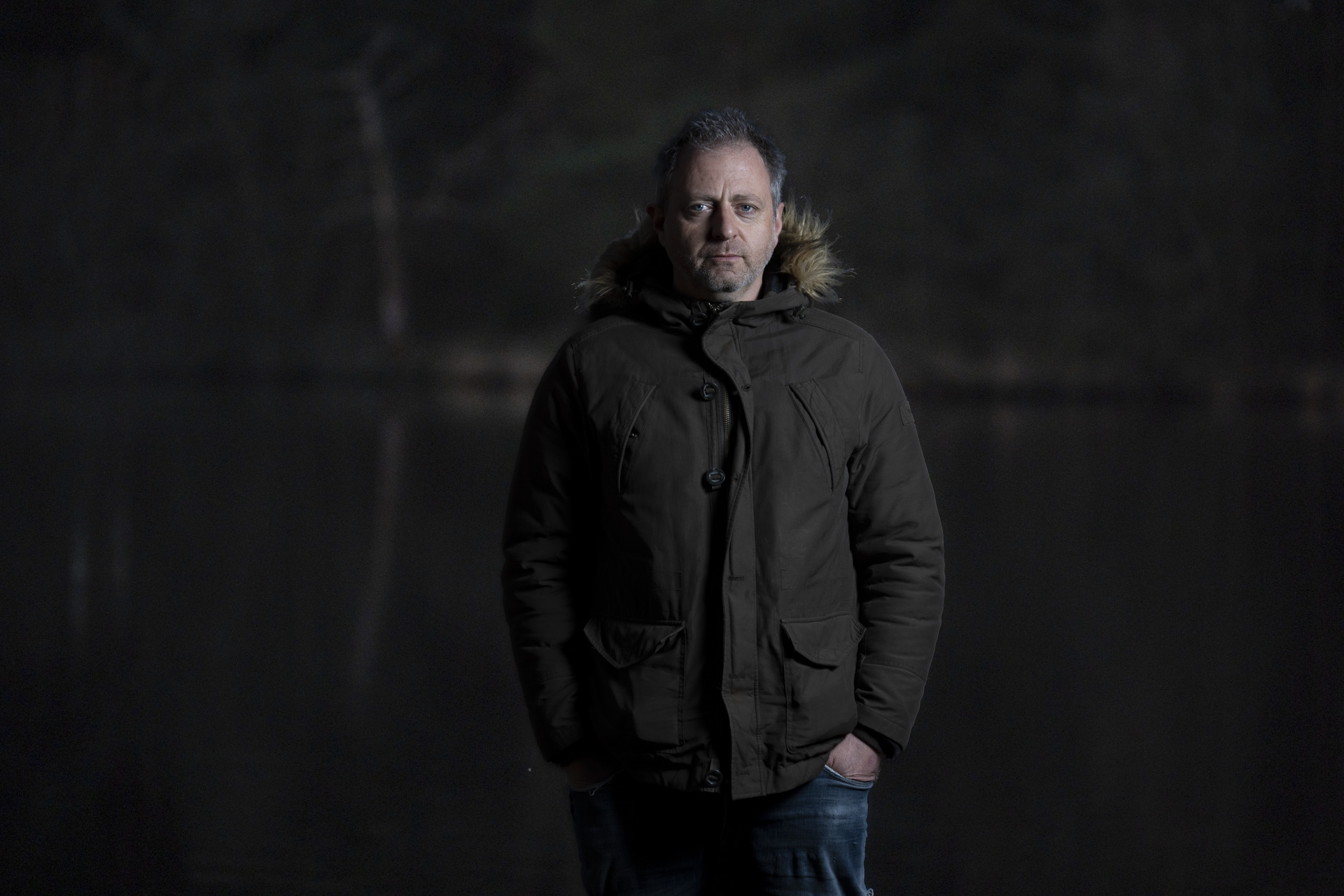

- Image and video quality score: 4/5
Sony A9 III: Test scorecard
| Attributes | Notes | Rating |
|---|---|---|
| Price | An expected and high-end Sony price tag. | 4 / 5 |
| Design | Sony’s best-ever camera design. | 5 / 5 |
| Feature and performance | The most capable sports and flash photography in the world. | 5 / 5 |
| Image quality | Can freeze and focus sharply on fast moving action, but it’s noisier than rivals in low light. | 4 / 5 |
Should I buy the Sony A9 III?

Buy it if...
You need to capture the moment in seriously challenging shoots
The A9 III’s global shutter is the bedrock of its unmatched speed, delivering 120fps burst shooting, with pre-capture up to 1 second to boot in case your reactions aren’t up to speed.
You’re an action photographer
For sport photography in particular, the A9 III offers more than just blistering shooting speeds. A global shutter eliminates the rolling shutter that can marr images of fast-moving subjects, while Sony’s best ever autofocus delivers accurate focusing in the most challenging shoots.
You want a modular camera
Sony takes a different tack to Nikon’s Z9 and Canon’s EOS R3 with its rival pro sports camera, utilizing a compact design that can be expanded – along with the battery life – via a vertical grip. You can keep it small when shooting with small lenses, or use the grip for a better balance with the large telephoto lenses that are typically used for sports.
Don't buy it if...
You want the best-possible image quality in low light
Shooting in like-for-like scenarios, the A9 III’s dynamic range and noise aren’t quite as good as from rival full-frame cameras, and that’s a real shame especially in low light. The upside to this negative is that you’re more likely to get fast-moving subjects in focus and without distortion, which in most scenarios will be more important.
30fps is fast enough already
Rival cameras can also shoot at 30fps with full autofocus and autoexposure. If that’s enough for you, then the additional benefits the A9 III’s global shutter delivers might not be worth it given the downsides.
Your want high-resolution images
If you need big images there are better alternatives, like the Nikon Z8 and Z9, or, if you want to go larger still, the altogether different Sony A7R V. For most action photographers, however, 24MP is plenty.
Sony A9 III: Also consider

If our Sony A9 III review has inspired you to think about other options, here are two more cameras to consider…
Nikon Z9
Nikon's Z9 arguably has more in common with the Sony A1 than it does with the A9 III; however it's another model that pro sports and wildlife photographers will turn to. It has a higher-resolution 45.7MP stacked sensor with electronic shutter only, 8K video, a large body by today's standards with extremely rugged build quality, plus impressive battery life. Both models have excellent autofocus performance, but the A9 III has faster burst shooting and flash sync speed capabilities, plus a higher-resolution EVF.
Read our full Nikon Z9 review
Canon EOS R3
The Sony A9 III and Canon EOS R3 share many similarities, including a full-frame 24MP sensor, powerful autofocus, and hefty price tag. However, there's plenty that sets them apart, too. The A9 III has faster burst shooting – up to 120fps compared to the EOS R3's 30fps – plus of course its global shutter versus the R3's stacked sensor tech. Design-wise the EOS R3 is chunkier, thanks in part to its larger built-in battery, while the A9 III is modular, and you'll need the optional vertical grip to bulk it out for better balance with larger lenses.
Read our full Canon EOS R3 review
How I tested the Sony A9 III
- Early access to pre-production model in November 2023
- A long term loan period of full-production model, more than a month
- Plenty of action scenarios, including wildlife and sports
- Remote flash photography portraits with Sony's own HVL-F46RM
I first used the A9 III in November 2023 at its announcement event. During the event I shot a variety of sports that included long jump, hurdles, high jump, gymnastics and boxing, pairing the A9 III with several lenses, including the FE 300mm F2.8 GM OSS, FE 70-200mm F2.8 GM and FE 24-70mm F2.8 GM.
Three months after its announcement I received a full-production version of the A9 III, which I used for over a month with the FE 70-200mm F4 G OSS and FE 24-50mm F2.8 G, during which time I was able to shoot plenty of wildlife and sports, plus portraits with a remotely controlled flashgun.
During my extended time with the A9 III I've used all the burst shooting modes, including its headline 120fps, supported by the latest autofocus modes. I've rattled off more frames than I care to count, rinsed the battery, recharged, and repeated.
First reviewed November 2023

Tim is the Cameras editor at TechRadar. He has enjoyed more than 15 years in the photo video industry with most of those in the world of tech journalism. During his time as Deputy Technical Editor with Amateur Photographer, as a freelancer and consequently editor at Tech Radar, Tim has developed a deeply technical knowledge and practical experience with cameras, educating others through news, reviews and features. He’s also worked in video production for Studio 44 with clients including Canon, and volunteers his spare time to consult a non-profit, diverse stories team based in Nairobi. Tim is curious, a keen creative, avid footballer and runner, and moderate flat white drinker who has lived in Kenya and believes we have much to enjoy and learn from each other.
